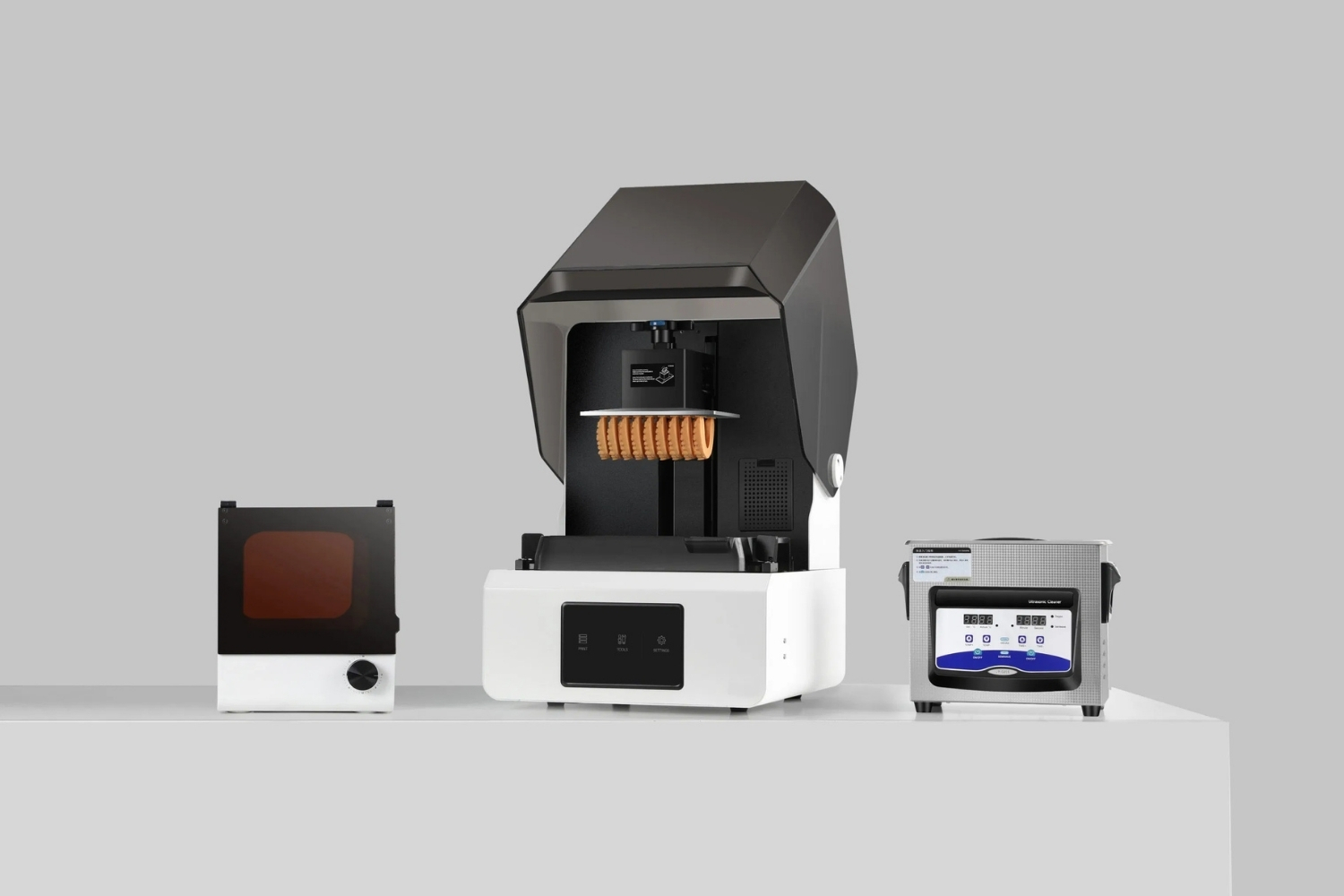
Dental 3D printers are revolutionizing the way dental professionals create crowns, bridges, dentures, and more. But what makes these devices so special? Dental 3D printing uses advanced technology to produce highly accurate and customized dental appliances quickly. This means patients can get their dental work done faster and with better precision. Imagine needing a crown and having it ready in just a few hours instead of waiting weeks. Plus, the materials used are biocompatible, ensuring safety and comfort. Dental 3D printers also reduce waste, making them an eco-friendly option. Ready to learn more? Here are 28 fascinating facts about these game-changing machines.
What is a Dental 3D Printer?
Dental 3D printers are revolutionizing the dental industry by creating precise, custom dental products. These machines use advanced technology to build dental items layer by layer from digital designs.
-
Dental 3D printers use a process called additive manufacturing. This means they create objects by adding material layer by layer, unlike traditional methods that remove material.
-
They can produce a wide range of dental products. These include crowns, bridges, dentures, and even orthodontic devices like aligners.
-
Dental 3D printers use various materials. Common materials include resins, ceramics, and metals, each chosen based on the specific dental application.
How Do Dental 3D Printers Work?
Understanding the working mechanism of dental 3D printers can help appreciate their precision and efficiency.
-
The process starts with a digital scan. Dentists use intraoral scanners to capture a detailed 3D image of the patient's mouth.
-
The digital scan is converted into a 3D model. Specialized software transforms the scan into a printable 3D model.
-
The printer builds the model layer by layer. Each layer is cured or hardened before the next one is added, ensuring accuracy.
-
Post-processing is often required. After printing, the dental item may need cleaning, polishing, or additional curing.
Benefits of Using Dental 3D Printers
Dental 3D printers offer numerous advantages over traditional methods, making them a valuable tool in modern dentistry.
-
They provide high precision. The digital nature of the process ensures that dental products fit perfectly.
-
They are faster than traditional methods. Dental 3D printers can produce items in hours, compared to days or weeks with traditional methods.
-
They reduce waste. Additive manufacturing uses only the material needed, minimizing waste.
-
They allow for customization. Each dental product can be tailored to the specific needs of the patient.
Applications of Dental 3D Printers
Dental 3D printers have a wide range of applications, making them versatile tools in dental practices.
-
They are used to create crowns and bridges. These essential dental restorations can be made quickly and accurately.
-
They produce dentures. Custom-fit dentures can be made more comfortably and efficiently.
-
They make orthodontic devices. Aligners and retainers can be produced with high precision.
-
They help in surgical planning. 3D printed models of a patient's mouth can assist in planning complex dental surgeries.
-
They create dental implants. Custom implants can be made to fit perfectly in a patient's mouth.
Challenges and Limitations
Despite their many benefits, dental 3D printers also face certain challenges and limitations.
-
Initial costs can be high. The cost of purchasing and setting up a dental 3D printer can be significant.
-
They require specialized training. Dentists and technicians need training to use the technology effectively.
-
Material limitations exist. Not all materials are suitable for all dental applications, limiting some uses.
-
Post-processing can be time-consuming. Additional steps after printing can add to the overall time required.
Future of Dental 3D Printing
The future of dental 3D printing looks promising, with ongoing advancements and innovations.
-
New materials are being developed. Research is leading to the creation of new materials that are more durable and biocompatible.
-
Printers are becoming more affordable. As technology advances, the cost of dental 3D printers is expected to decrease.
-
Integration with other technologies is improving. Combining 3D printing with other digital technologies enhances overall dental care.
-
Customization will become even more precise. Future advancements will allow for even more tailored dental solutions.
-
Speed and efficiency will increase. Ongoing improvements will make the printing process faster and more efficient.
-
More dental practices will adopt the technology. As the benefits become more widely recognized, more dental offices will invest in 3D printing.
-
Patient outcomes will improve. Better-fitting, more durable dental products will lead to improved patient satisfaction and outcomes.
-
Environmental impact will be reduced. Advances in materials and processes will make dental 3D printing more environmentally friendly.
The Future of Dental 3D Printing
Dental 3D printing is changing how we approach oral health. From creating precise dental implants to speeding up the production of orthodontic devices, this tech is a game-changer. It’s not just about speed; it’s about accuracy and customization. Patients get better-fitting, more comfortable solutions, and dentists can offer more efficient treatments. Plus, the cost savings are significant, making advanced dental care more accessible. As technology advances, we can expect even more innovations in this field. The future looks bright for dental 3D printing, promising better outcomes for patients and more streamlined processes for professionals. So, whether you’re a dentist or a patient, it’s time to embrace this exciting development in dental care.
Was this page helpful?
Our commitment to delivering trustworthy and engaging content is at the heart of what we do. Each fact on our site is contributed by real users like you, bringing a wealth of diverse insights and information. To ensure the highest standards of accuracy and reliability, our dedicated editors meticulously review each submission. This process guarantees that the facts we share are not only fascinating but also credible. Trust in our commitment to quality and authenticity as you explore and learn with us.
